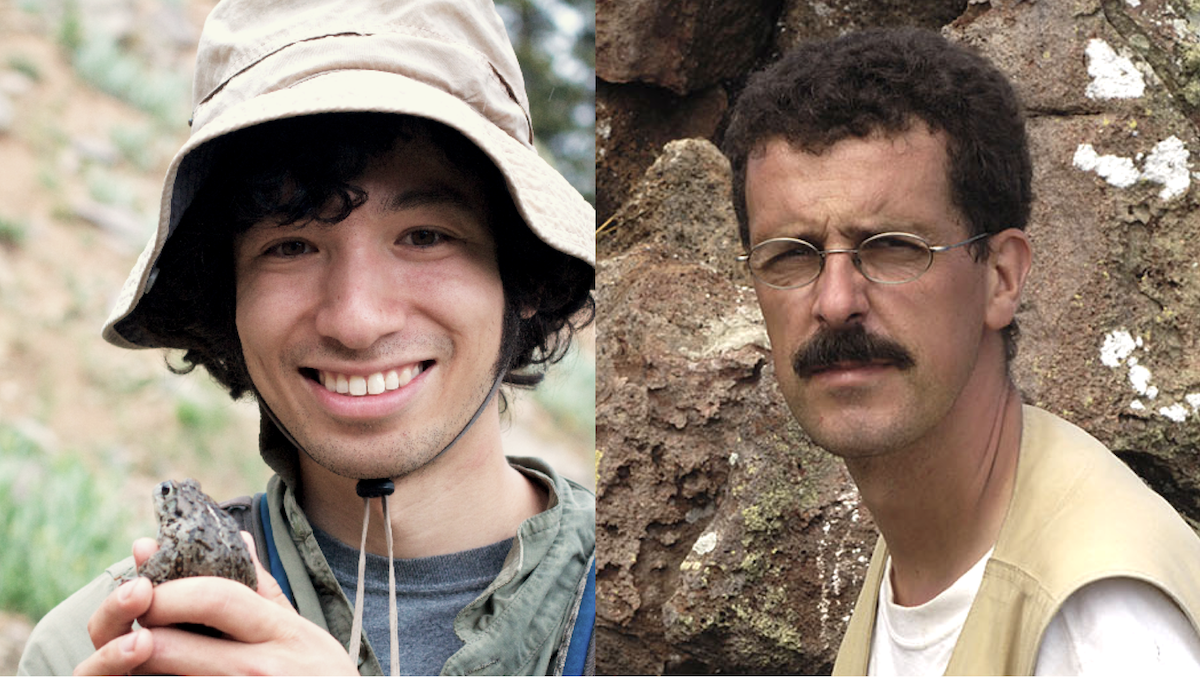Life Sciences Café

"Why do transportation networks sometimes have loops?"
Presented by Benjamin Blonder, asst. professor, School of Life Sciences, ASU
There is enormous diversity in the leaf venation network amongst the planet’s 300,000+ plant species’ venation networks. These transport networks represent evolved solutions to a common combinatorial optimization problem of how to balance costs with efficiency (rates of flow), robustness (prevention of damage) and resilience (recovery after damage). Tradeoffs may be reflected in variation in levels of branching, reconnection and hierarchy in the network. Leaves are also a model system to understand the function of evolved transportation networks in other domains, using insights from natural diversity. Benjamin Blonder will present an empirical study examining tradeoffs in transportation network architecture from Andean and Amazonian forests, and will sketch current projects at ASU based on fieldwork in southeast Asia.
"The Galapagos Lichen Inventory – challenging taxonomic bias to address conservation ecology for a highly diverse group of organisms"
Presented by Frank Bungartz, collections manager of Lichens and Digital Data, Natural History Collections, ASU
Galapagos is Ecuador's most emblematic natural heritage site, known for its iconic species as much as for its most famous visitor, Charles Darwin. Yet, despite being in the limelight of attention, the majority of species in the archipelago remains ignored. Taxonomic bias is a significant obstacle for conservation, lichen diversity is an example: In 1985 a first checklist counted 229 species. Ten years inventory now documents at least 960 species, ca. 20% endemic. A preliminary red-list assessment indicates that many lichens lost their original habitat, surviving only within refugia. Management aimed at restoring an 'original aspect' of the landscape needs to be balanced against population loss of endangered species. An example is Acantholichen galapagoensis, which on Santa Cruz survives only on introduced Cinchona pubescens. Preserving refugia becomes even more urgent, when climate change amplifies environmental stress. This example illustrates how restoration ecology cannot afford to focus only on iconic species.
Light refreshments will be served.
Photo caption: Benjamin Blonder, assistant professor (left) and Frank Bungartz, collections manager (right).

